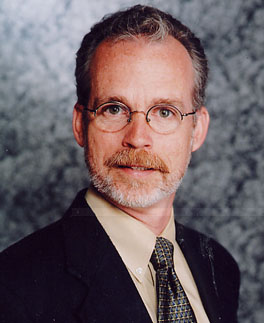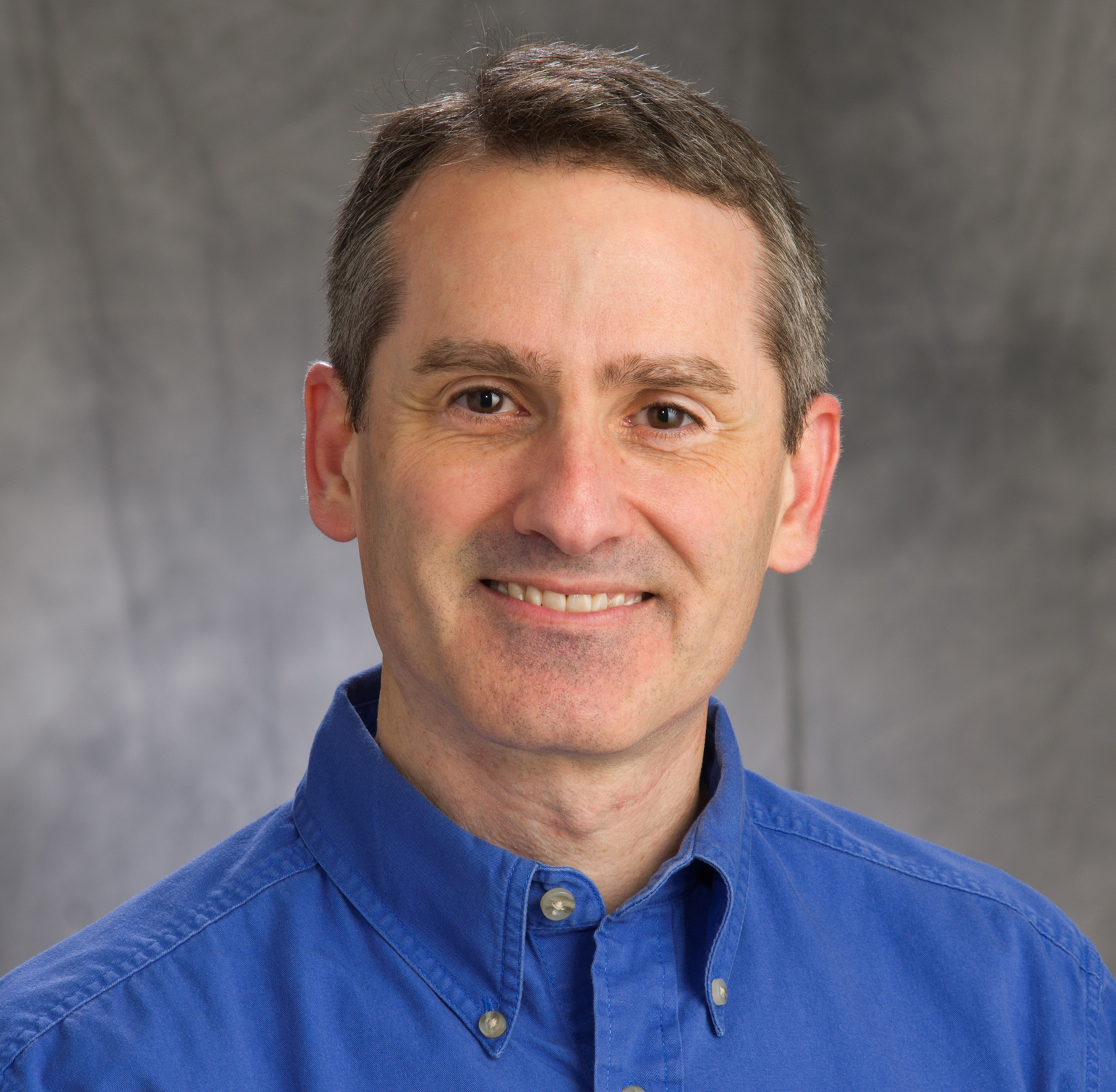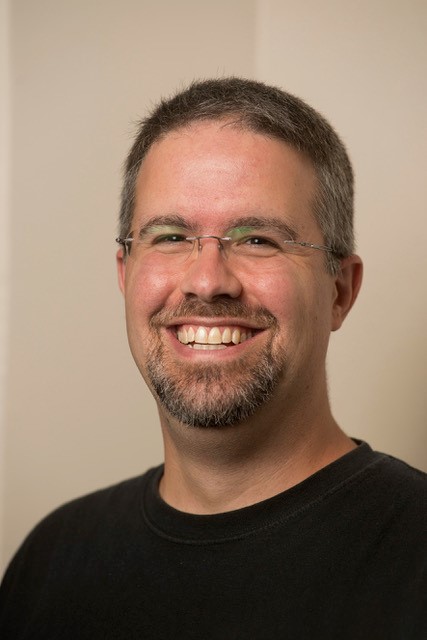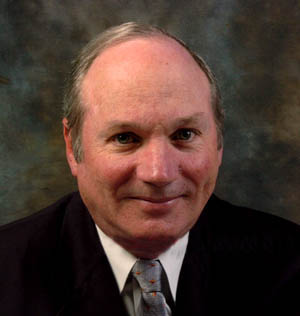
Modern Physical Organic Chemistry, 2nd ed
Forthcoming
Watch here for updates as this project moves into production.

Forthcoming
Watch here for updates as this project moves into production.

Eric V. Anslyn received his PhD in Chemistry from the California Institute of Technology under the direction of Robert Grubbs. After completing post-doctoral work with Ronald Breslow at Columbia University, he joined the faculty at the University of Texas at Austin, where he became a Full Professor in 1999, and is now the Welch Regents Chair, a University Distinguished Teaching Professor, and an HHMI Professor. He currently has over 40 patents and nearly 400 papers, and is the recipient of numerous awards and honors, including the Presidential Young Investigator, the Izatt Christensen Award, the James Flack Norris Award, and he was recently inducted into the American Academy of Arts and Science.. His primary research is in physical organic chemistry and supramolecular chemistry, with specific interests in catalysts, receptors, single and multi-analyte sensors, and information storage using sequence-defined polymeric materials.
View Profile
Scott K. Silverman was born in 1972 and raised in Los Angeles, California. He received his B.S. degree in chemistry from UCLA in 1991, working with Christopher Foote on photooxygenation mechanisms. He was an NSF and ACS Organic Chemistry predoctoral fellow with Dennis Dougherty at Caltech, studying high-spin organic polyradicals and molecular neurobiology and graduating with a Ph.D. in chemistry in 1997. After postdoctoral research on RNA biochemistry as a Helen Hay Whitney Foundation and American Cancer Society fellow with Thomas Cech at the University of Colorado Boulder, he joined the faculty at the University of Illinois Urbana-Champaign in 2000, where he is currently Professor of Chemistry. His laboratory focuses on identifying, characterizing, and applying DNA as an enzyme (DNAzyme), using techniques and concepts from many disciplines including physical organic chemistry. More information about his lab can be found at the following URL: https://silverman.chemistry.illinois.edu/
View Profile
Dean Tantillo was born and raised in Quincy, Massachusetts. He received an A.B. degree in Chemistry in 1995 from Harvard University and a Ph.D. in 2000 from UCLA (under the direction of Ken Houk). After receiving his Ph.D., Dean moved to Cornell University where he did postdoctoral research with Roald Hoffmann. He joined the faculty at UC Davis in the summer of 2003 and has been there ever since. Research in Dean's group is driven by puzzling mechanistic questions in the areas of biosynthesis, reactive intermediate chemistry, catalysis, organometallic chemistry, and stereoselective synthetic reactions. The primary tool used in the group’s research is modern quantum chemistry, but this is always employed with an eye towards designing new mechanistic experiments, new synthetic reactions and routes, and new organometallic catalysts. More information is available at the Tantillo group’s website: http://blueline.ucdavis.edu/
View Profile
Dennis A. Dougherty received a PhD from Princeton with Kurt Mislow, followed by a year of postdoctoral study with Jerome Berson at Yale. In 1979 he joined the faculty at the California Institute of Technology, where he is now George Grant Hoag Professor of Chemistry. Dougherty's extensive research interests have taken him to many fronts, but he is perhaps best known for development of the cation-π interaction, a novel but potent noncovalent binding interaction. More recently, he has addressed molecular neurobiology, developing the in vivo nonsense suppression method for unnatural amino acid incorporation into proteins expressed in living cells. This powerful new tool enables “physical organic chemistry on the brain” - chemical-scale studies of the molecules of memory, thought, and sensory perception and the targets of treatments for Alzheimer's disease, Parkinson's disease, schizophrenia, learning and attention deficits, and drug addiction. His group is now working on extensive experimental and computational studies of the bacterial mechanosensitive channels MscL and MscS, building off the crystal structures of these channels recently reported by the Rees group at Caltech.
View Profile